Holy Water: Constructing a Rain-Water Reservoir
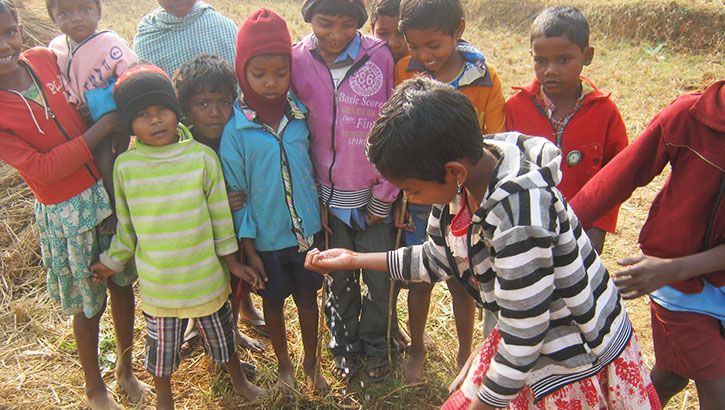
In the area where I live in Sri Lanka, we are currently experiencing an extended water cut, a result of inadequate maintenance of public infrastructure. The last water-cut we experienced in early-August (for similar reasons) lasted four days. Household potable water is a comfort my neighbours and I have grown so accustomed to that it leaves us scrambling to find alternatives. And of course plenty of grumblings and complaints.
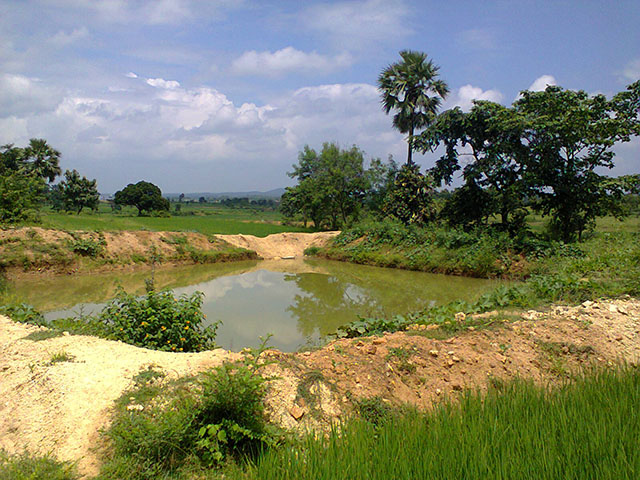
Episcopal Relief & Development began a partnership with the Diocese of Durgapur to accompany a group of 36 isolated villages, mainly populated by the Santali tribe, in community development activities. One of these activities was the provision of rain-water reservoirs.
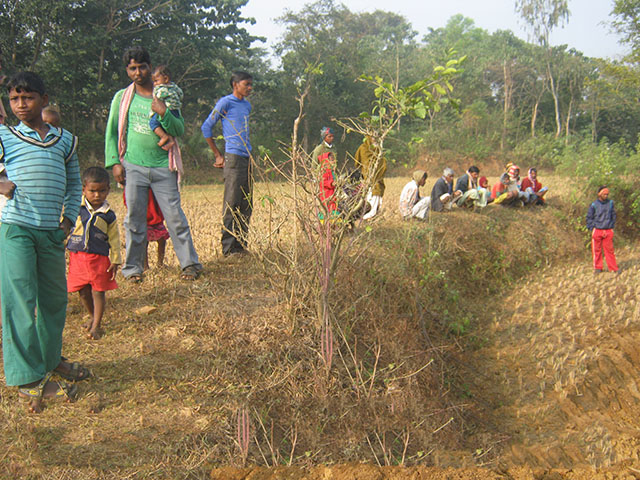
The reservoir roughly measures 1,300 square meters (or 1 bigha in the local measuring scale). During the digging of the tank with local expertise, the entire community was involved in not only the monitoring and supervision, but also in provided equipment and manual labour representing about 30% of the total budget.
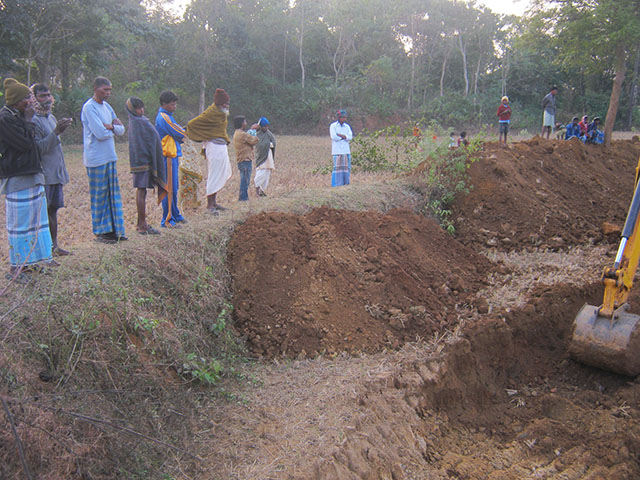
Given that water is scarce and sacred, the reservoir location is used for community functions, ceremonies and rituals – a timely reminder for my neighbours and I in Sri Lanka.
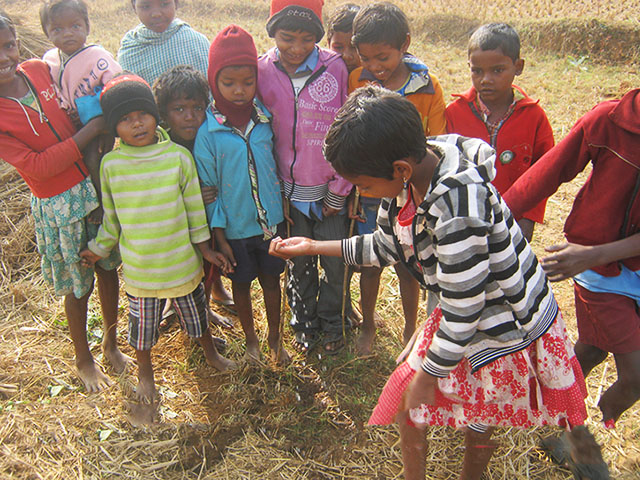
Nagulan Nesiah is a Program Officer with Episcopal Relief & Development.
Images: Top, Scenery in India. Middle 1, Community elders supervising. Middle 2, Village monitoring of the catchment tank. Last, Children blessing the land before digging.


